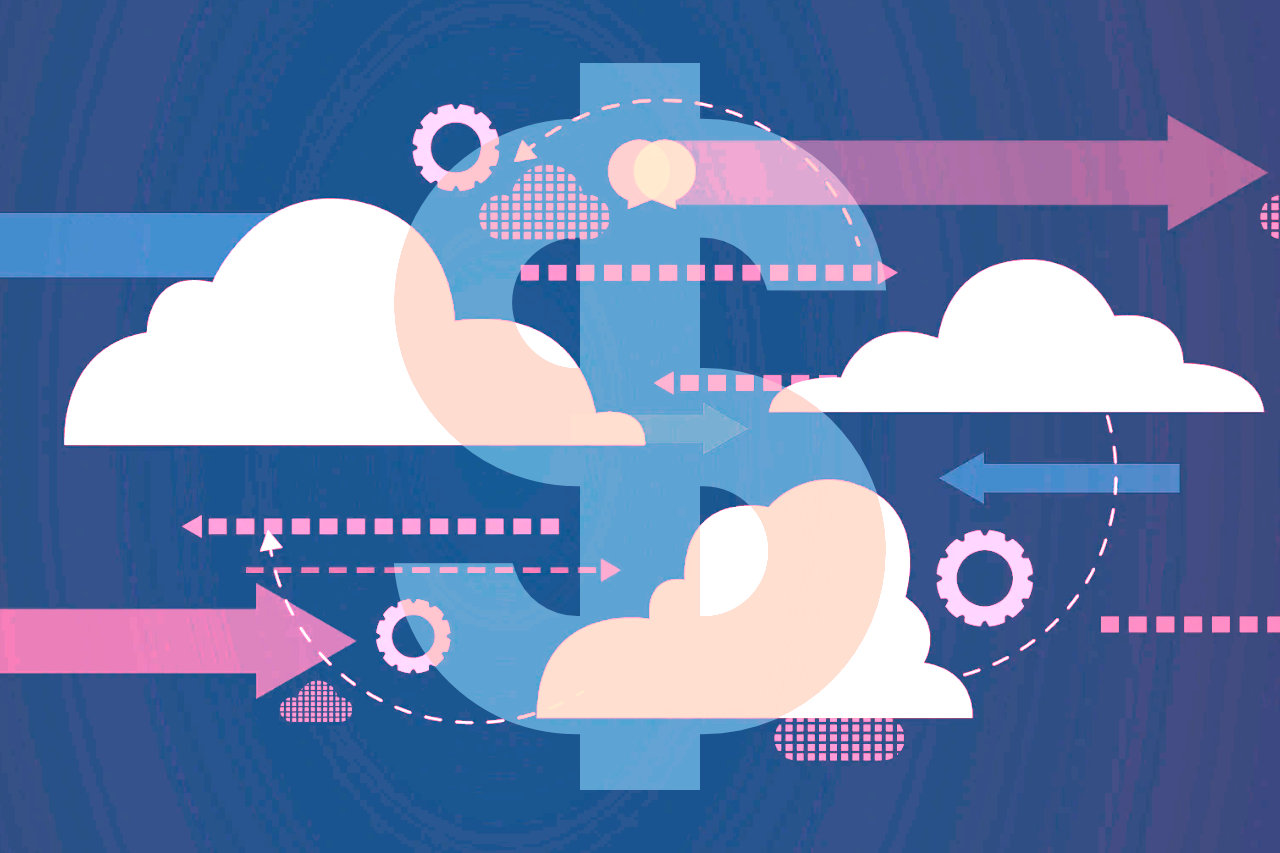Amazon Web Services is a phenomenal platform. It offers a wide range of benefits such as dynamic resource allocation, enhanced application security, advanced computing capabilities, and 24/7 uptime. For instance, if January and July are peak business months for your company, AWS gives you the ability to scale up your cloud infrastructure and its application security measures to handle increased instances and interactions.
Cloud computing is a cost-effective and time-efficient alternative to traditional IT infrastructures. The AWS Well-Architected Review (AWS WAR) is a helpful tool for maximizing the benefits of AWS Cloud. AWS WAR is based on the AWS Well-Architected Framework, time-tested guidelines to design and optimize your cloud infrastructure. This blog will look at a few actionable ways to optimize cost for your application as per AWS Well-Architected Framework.
AWS Well-Architected Framework
The AWS Well-Architected Framework is a benchmark assessment method for any cloud architecture. It helps businesses understand the best practices of cloud computing and successfully deploys reliable, cost-effective, resource-efficient, and secure applications in the cloud. It is a decision-making knowledge resource that informs you of the pros and cons of infrastructural decisions. The framework is intended to help CTOs, architects, developers, and application security professionals.
The AWS Well-Architected Framework is based on six core concepts, operational excellence, security, reliability, performance efficiency, cost optimization, and sustainability. As a decision-maker, you must establish accountability and pay special attention to your decisions’ cost and benefits matrix.
AWS Well-Architected Framework: Cost Optimization Pillar
The cost optimization pillar focuses on reducing the cost of business while ensuring maximum results, and it is an important core concept of the AWS Well-Architected Framework. Let’s look at the best practices for cost optimization in the cloud.
AWS provides many tools such as Cost Explorer, Amazon Athena, and Amazon Quick Sight with the Cost and Usage Report to enable your teams with cost and usage-related information. You can use these tools to identify and allocate resources based on the cost they incur and the potential benefits to your business.
Here are 10 tips to optimize the cost of your application while maintaining high standards of application security.
- Practice Dedicated Cloud Financial Management: Start by practicing dedicated cloud financial management, a proactive approach to implementing cloud-based processes by aligning your organization to a common objective. The idea is to ensure that your cloud computing technologies are utilized to their fullest extent once implemented.
- Establish Governance Policies: In today’s hyper-competitive markets, your teams and employees must have the right set of tools at the right time. You must establish an active governance policy to dynamically identify, allocate, and manage cloud resources.
- Allocate Resources Judiciously: Develop hyper-personalized policies for resource life cycles by analyzing cost aspects, workloads, and results during the allocation’s life cycle.
- Establish Clear Budgets and Targets: Define transparent budgets and utility targets for all your resources. Your teams must understand the impact of their resources.
- Create Groups and Roles: Categorize groups and roles such as development, testing, and deployment. It helps identify the cost of each aspect.
- Implement IAM Policies: Implement strong IAM policies such as controlled access to resources based on region, seniority, and other aspects. This will help optimize your resource allocation costs and minimize the under-utilization of your cloud infra.
- Analyze Costs Regularly: Perform cost analysis at regular intervals; some features benefit only after optimum workloads. A timely cost analysis will give you actionable insights on when to add or remove features and resources.
- Prioritize Licenses: Prioritize the aspects that require licensed products; these should directly affect the outputs and utility. Filter out arbitrary license attributes such as CPUs.
- Select Suitable Pricing Models: Select the pricing model that suits your needs. An excellent first step is determining if the resources will be used for a long time. This can help you get commitment discounts, and the AWS Cost Explorer helps do this.
- Balance Spends with Performance: Manage the demand and supply of your cloud infrastructure by balancing your workload requirements with spending and performance. Avoid underutilizing resources at all costs. Configure time-based scheduling and auto-scaling to your cloud infrastructure.
The cloud is all about leveraging the agility and ability of off-site infrastructures. You need to pick and choose the right tools and features. We hope these tips help you gain a bird’s eye view of your existing cloud infra. Use the information you find to reduce the cost of your cloud apps and bring them down.
You can quickly bring your cost down from the existing billables with this information. At Cloudlytics, we are all about exploring the immense potential of cloud-based IT for organizations of all sizes.
Recommended Read:



